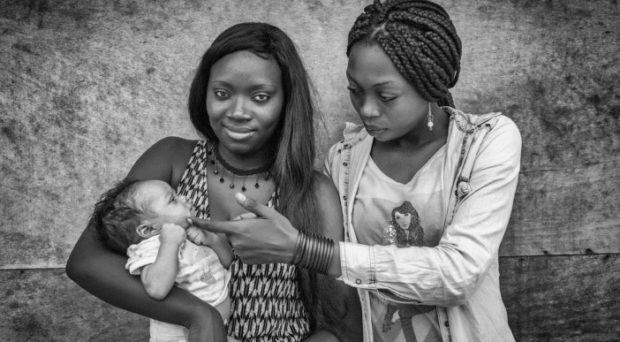
Worldwide, as many as 19-20 million women resort to unsafe abortions every year. Many of these result in complications that cause considerable damage and even death, making abortion a key issue of women’s health and gender equity. Nevertheless, abortion remains a contentious issue among global health actors, and is often neglected and overlooked. When abortion is addressed, it is commonly discussed in terms of legalization or criminalization, and liberal abortion laws are often understood as synonymous to easy access to abortion services. A recently published collection in the International Journal for Equity in Health scrutinizes this assumption and asks the question: What difference does an abortion law really make for girls’ and women’s access to safe abortion services?
Access to sexual and reproductive health services, including safe abortion, is an important step towards ensuring women equal right to making choices for their health and life
Access to sexual and reproductive health services, including safe abortion, is an important step towards ensuring women equal right to making choices for their health and life. While access to such services is improving in many areas of the world, sub-Saharan Africa seems to be lagging behind. The region is responsible for an estimated 60% of all unsafe abortion globally and this is closely related to limited access to safe abortion alternatives. Is this lack of access to safe abortion services a result of a region’s abortion laws? Or are other factors just as relevant? Taking a closer look at the cases of Ethiopia, Tanzania, and Zambia – three countries in sub-Saharan Africa with very different abortion laws – can provide valuable insight. The laws in these countries vary from fairly liberal in Zambia to very restrictive in Tanzania. But how this is linked to girls’ and women’s possibilities to terminate a pregnancy without risking their lives, is far from evident. Abortion laws are only one of many factors that determine a girl’s chances to obtain an abortion. The situation in Zambia makes a good example: there, the Christian ideology of the state contravenes the law and undermines women’s rights to sexual and reproductive health. In other words, a seemingly liberal abortion law, like the one found in Zambia, is far from sufficient to guarantee girls and women access to safe abortion services.
girls, women, and health personnel do not know of the rights and obligations the legal framework grants them, making it difficult to access abortion services that the law does permit
Despite their different abortion laws, Ethiopia, Tanzania, and Zambia are rather similar when it comes to public debate and attention around the topic of abortion. Abortion policies are treated with considerable silence. As a result, girls, women, and health personnel do not know of the rights and obligations the legal framework grants them, making it difficult to access abortion services that the law does permit. On the other hand, the silence may be necessary to provide safe abortion services to at least some women, particularly in a setting like Ethiopia where there is political commitment, but little public support for the liberalized law that came into effect in 2004.
while abortion laws are important, they are not enough to make a difference to the lives of girls and women seeking safe abortions
Comparing and contrasting the situation in these three countries reveals a series of social, moral, and political factors that affect the way a given abortion law is interpreted and implemented. We begin to see that while abortion laws are important, they are not enough to make a difference to the lives of girls and women seeking safe abortions. Acknowledging this may be the first step towards understanding the variety of subtle, and often understudied elements, that together shape and constrain girls’ and women’s access to safe abortion services.
We hope that the articles of the thematic collection can inspire others to go beyond the question of legalization or criminalization of abortion, and further investigate the complex web of social, moral, and political factors that regulate and condition girls’ and women’s sexual and reproductive health.
Comments